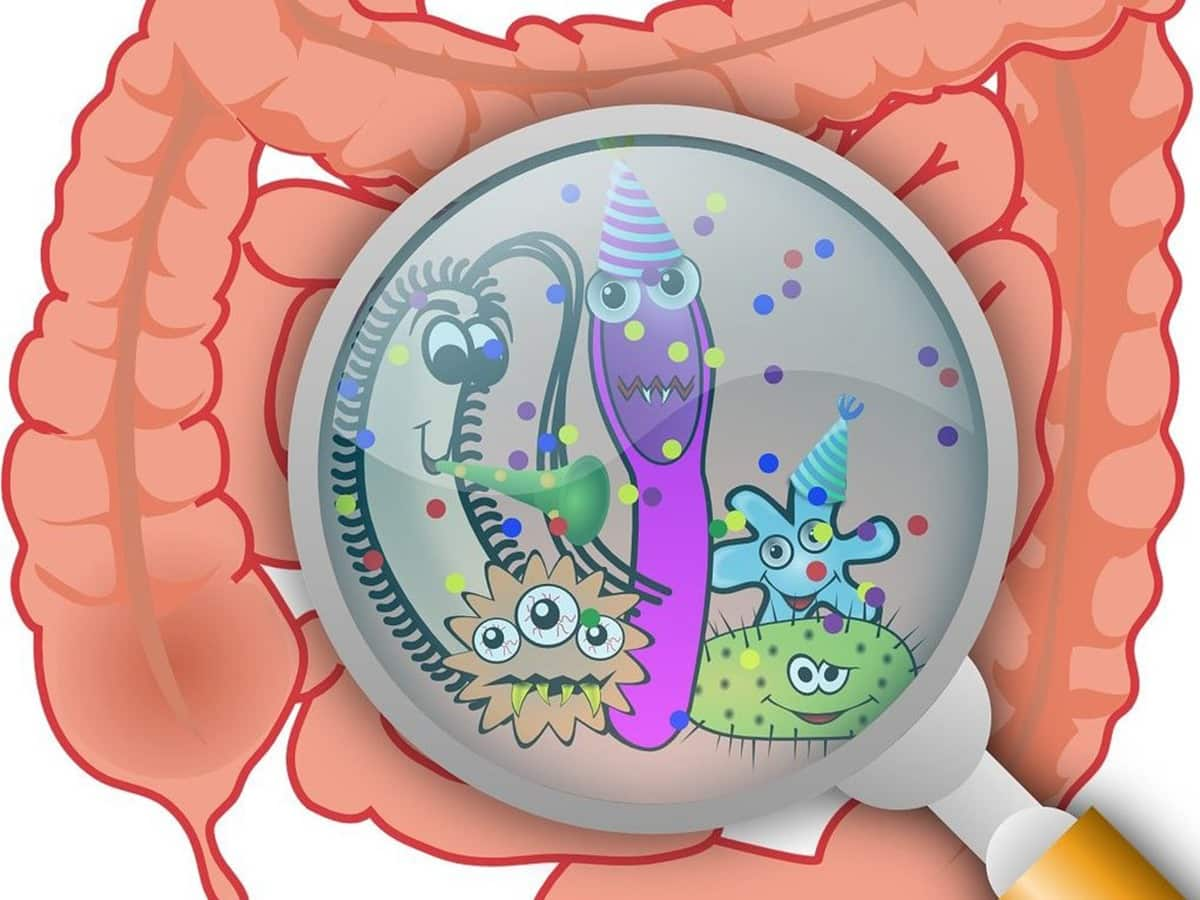
Always follow the instructions on the laxative medicine, as well as the advice of your healthcare provider. Note that you should make sure you are up to date with your colon cancer screening. If these treatment methods don't work, laxatives can be added. Moving your bowels when you have the urge (resisting the urge causes constipation).Exercising regularly and increasing the intensity of your exercises as tolerated.Increasing the amount of fiber and water to your diet.Constipation is rarely the sign that you have a more serious medical condition. It may cause small, hard stools and sometimes anal problems such as fissures and hemorrhoids. Constipation is usually caused by inadequate "roughage" or fiber in your diet, or a disruption of your regular routine or diet.Ĭonstipation causes you to strain during a bowel movement. Common examples of structural GI diseases include strictures, stenosis, hemorrhoids, diverticular disease, colon polyps, colon cancer and inflammatory bowel disease.Ĭonstipation, which is a functional problem, makes it hard for you to have a bowel movement (or pass stools), the stools are infrequent (less than three times a week), or incomplete. Sometimes, the structural abnormality needs to be removed surgically. Structural gastrointestinal diseases are those where your bowel looks abnormal upon examination and also doesn't work properly. What are structural gastrointestinal diseases? Taking certain medicines (especially antidepressants, iron pills and strong pain medicines such as narcotics).Taking antacid medicines containing calcium or aluminum.


Eating large amounts of dairy products.Many factors may upset your GI tract and its motility (ability to keep moving), including: Constipation, irritable bowel syndrome (IBS), nausea, food poisoning, gas, bloating, GERD and diarrhea are common examples. They are the most common problems affecting the GI tract (including the colon and rectum). What are functional gastrointestinal diseases?įunctional diseases are those in which the GI tract looks normal when examined, but doesn't move properly. Some examples include nausea/vomiting, food poisoning, lactose intolerance and diarrhea. There are two types: functional and structural. Gastrointestinal diseases affect the gastrointestinal (GI) tract from the mouth to the anus.


 0 kommentar(er)
0 kommentar(er)
